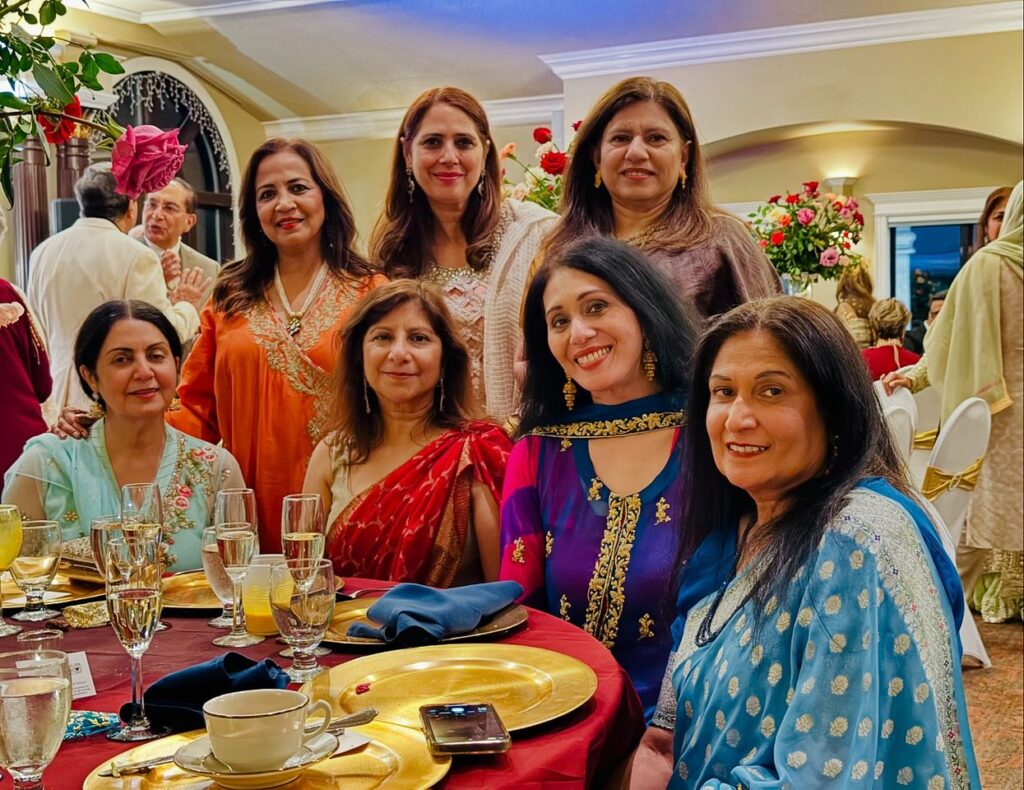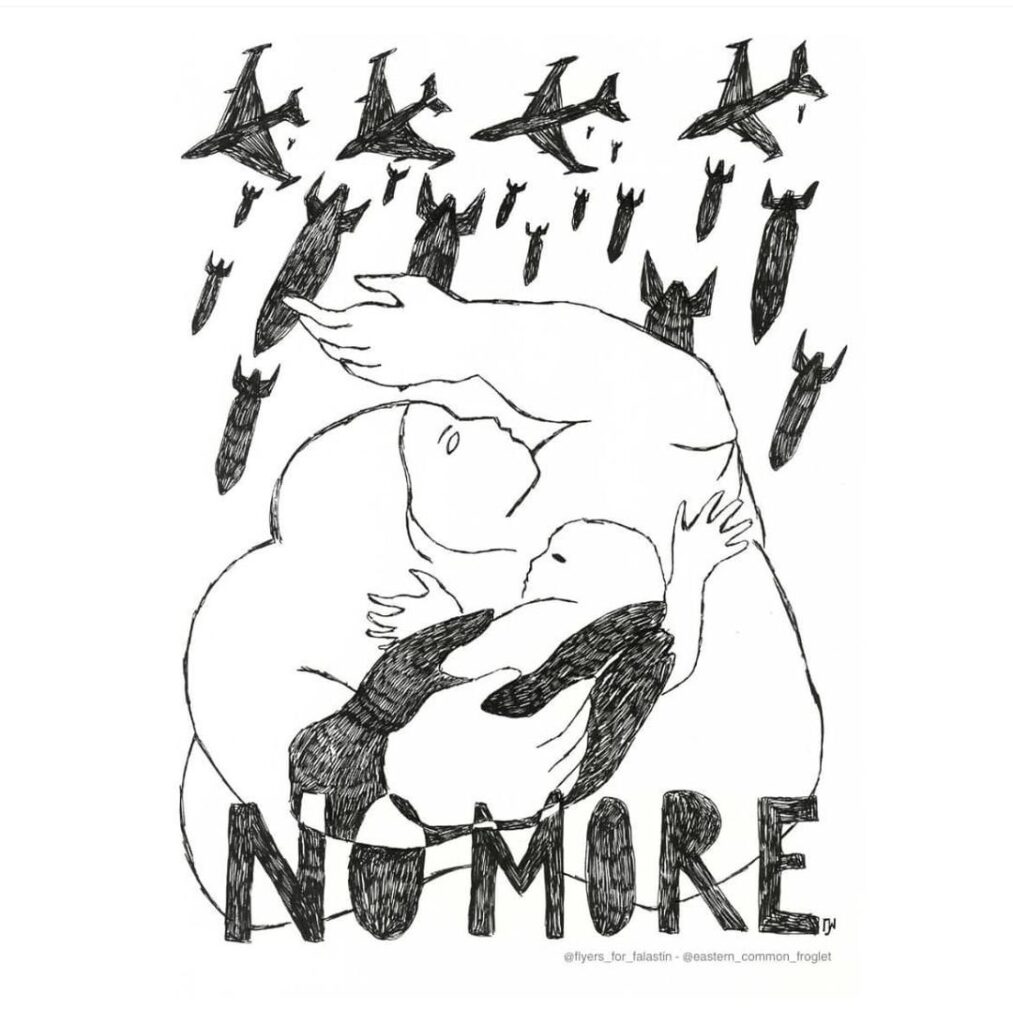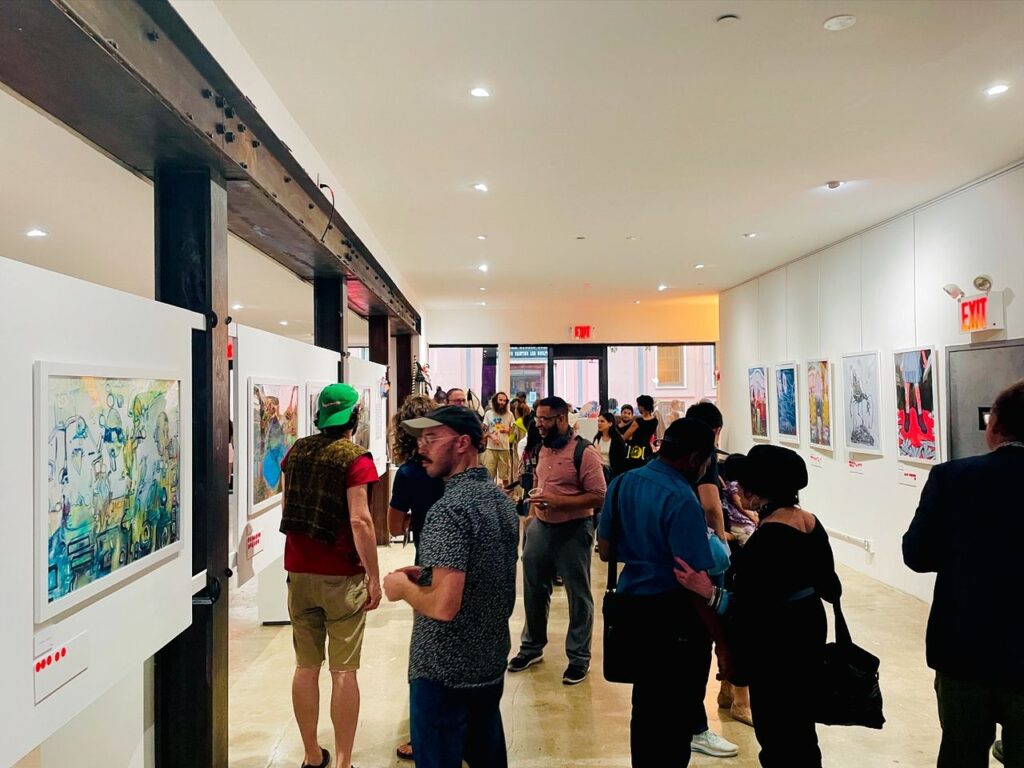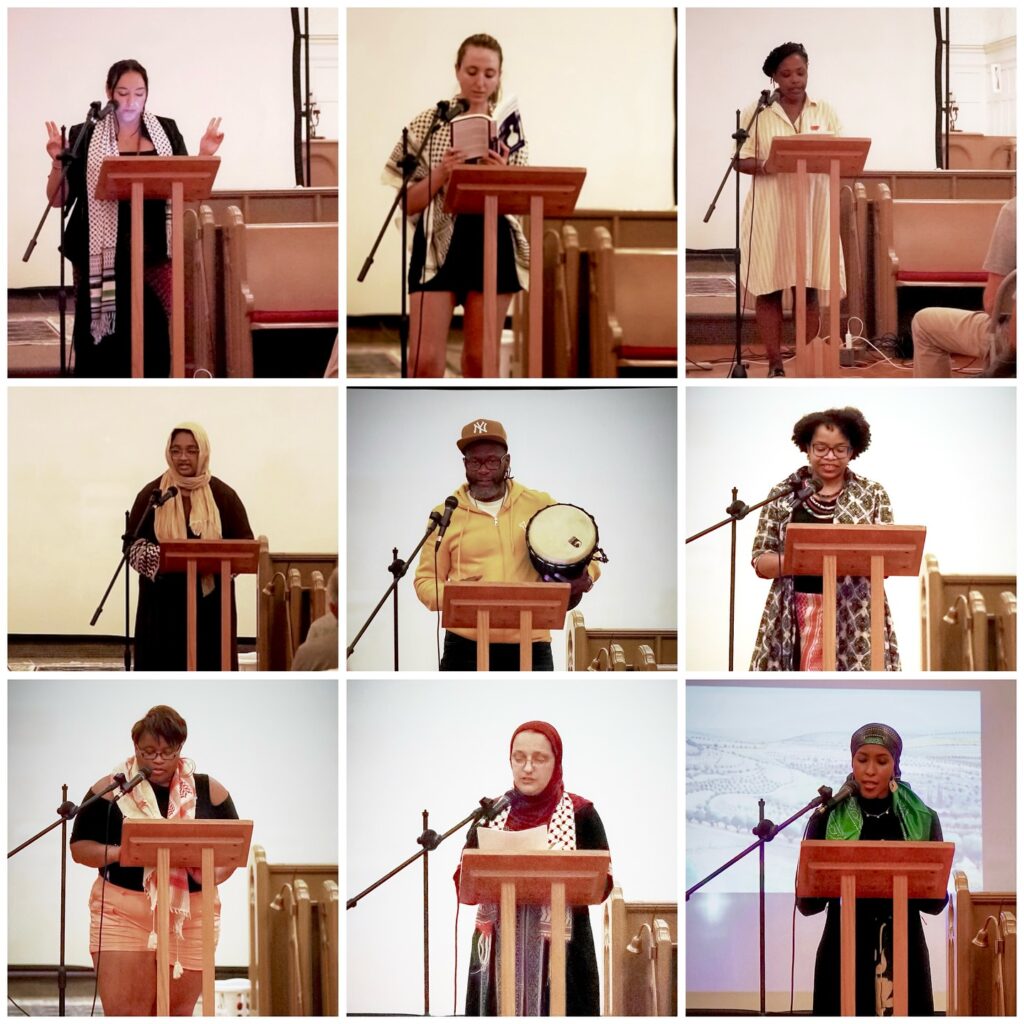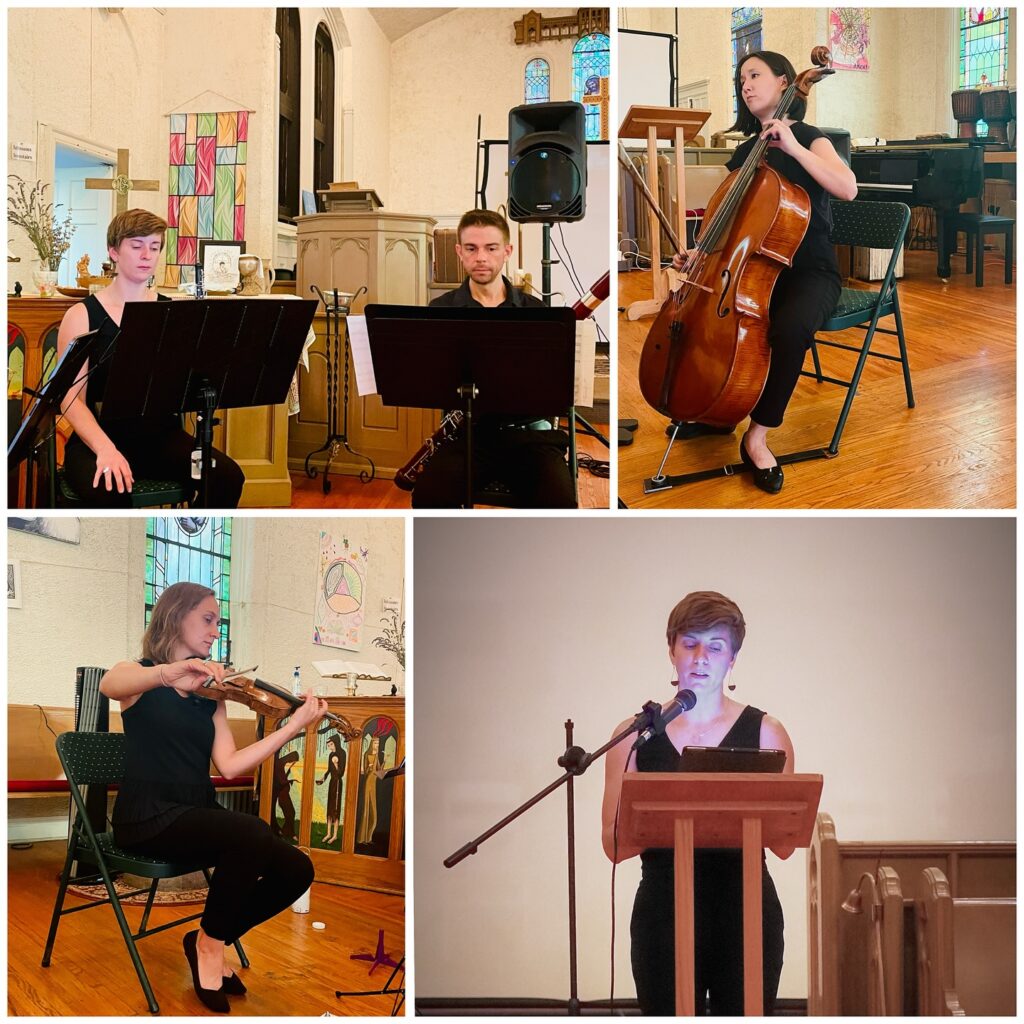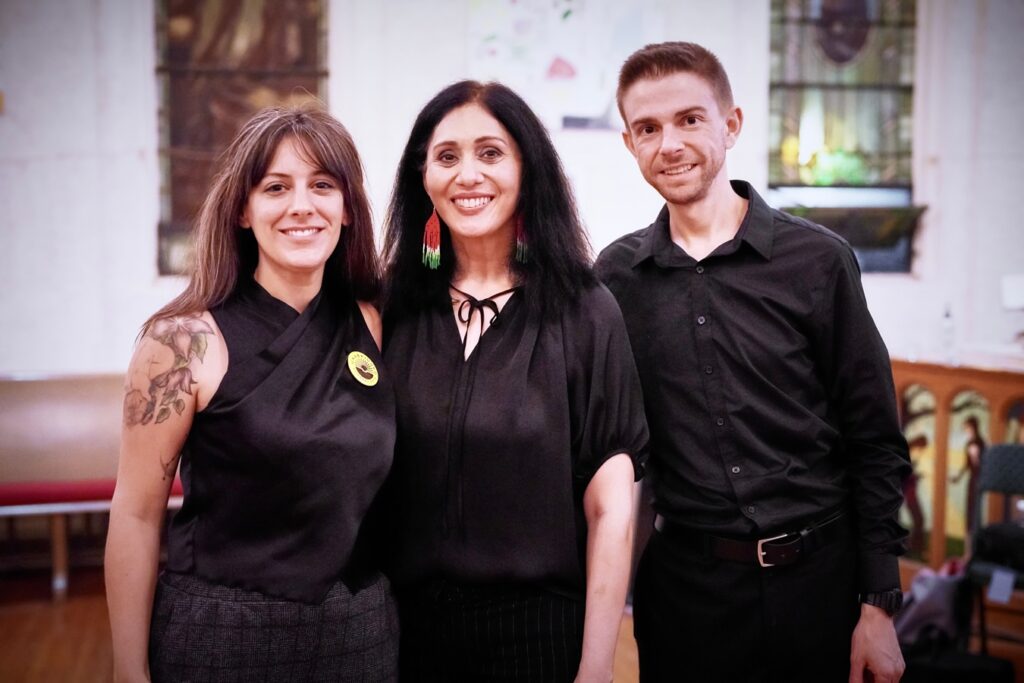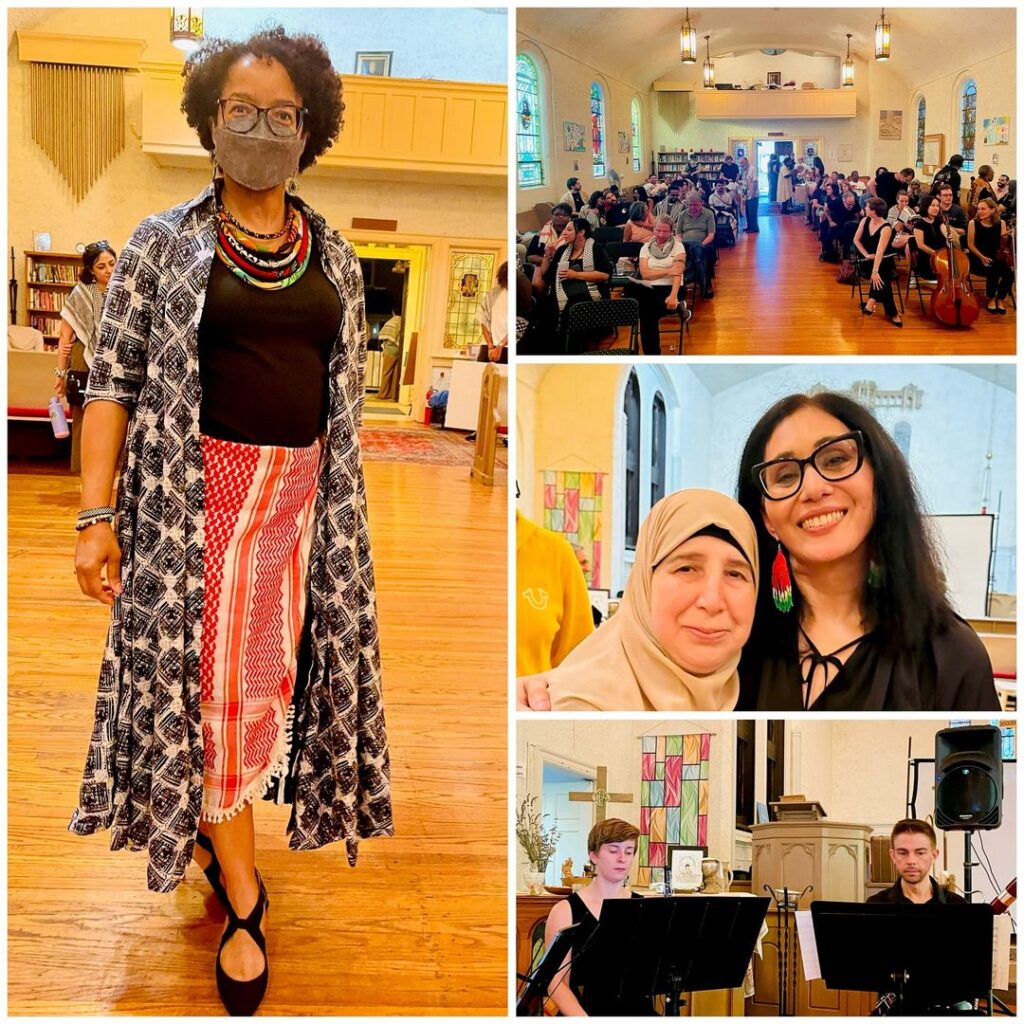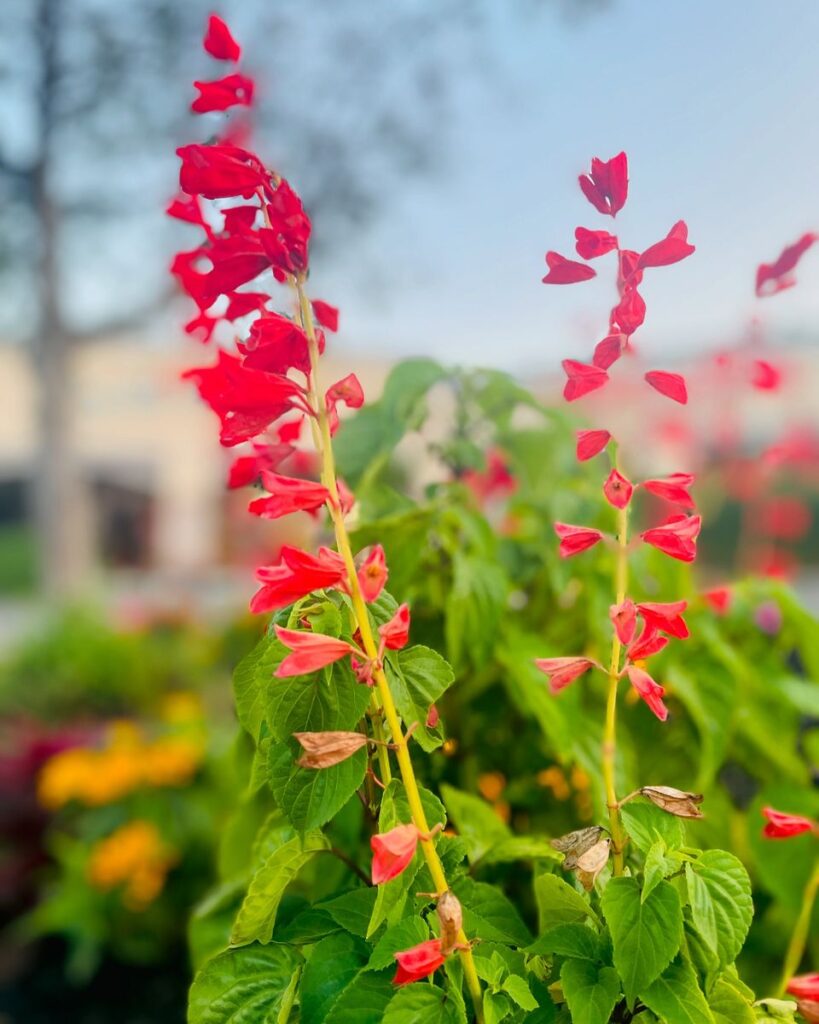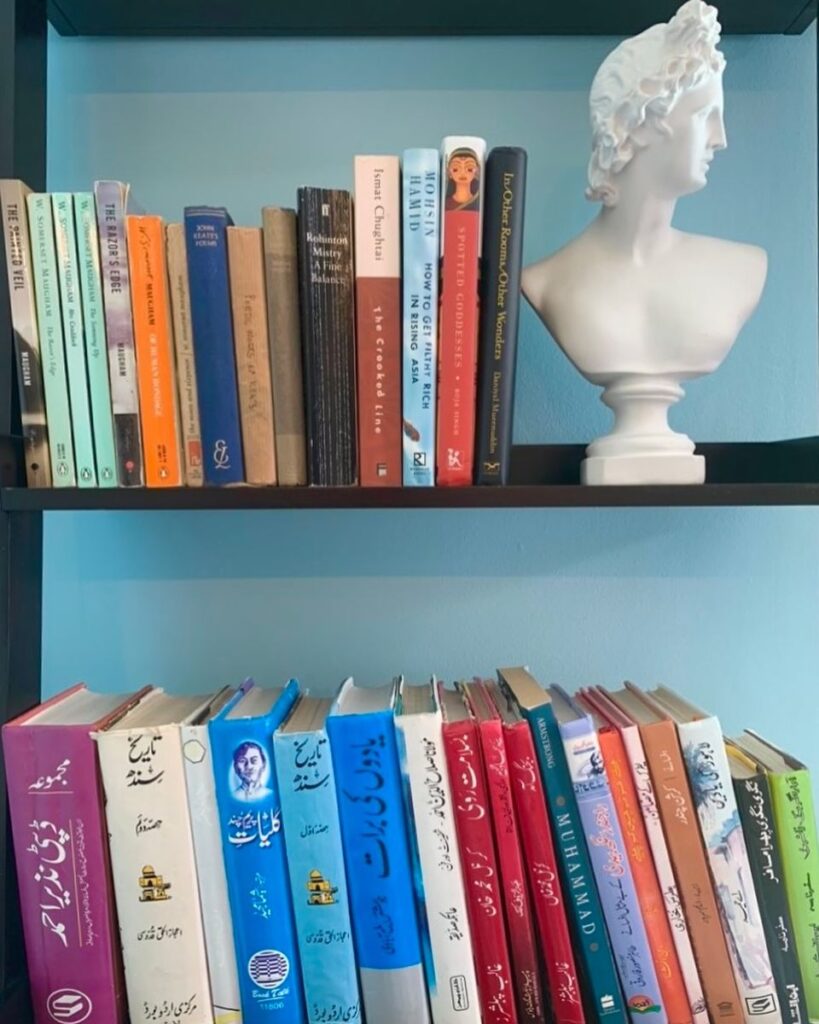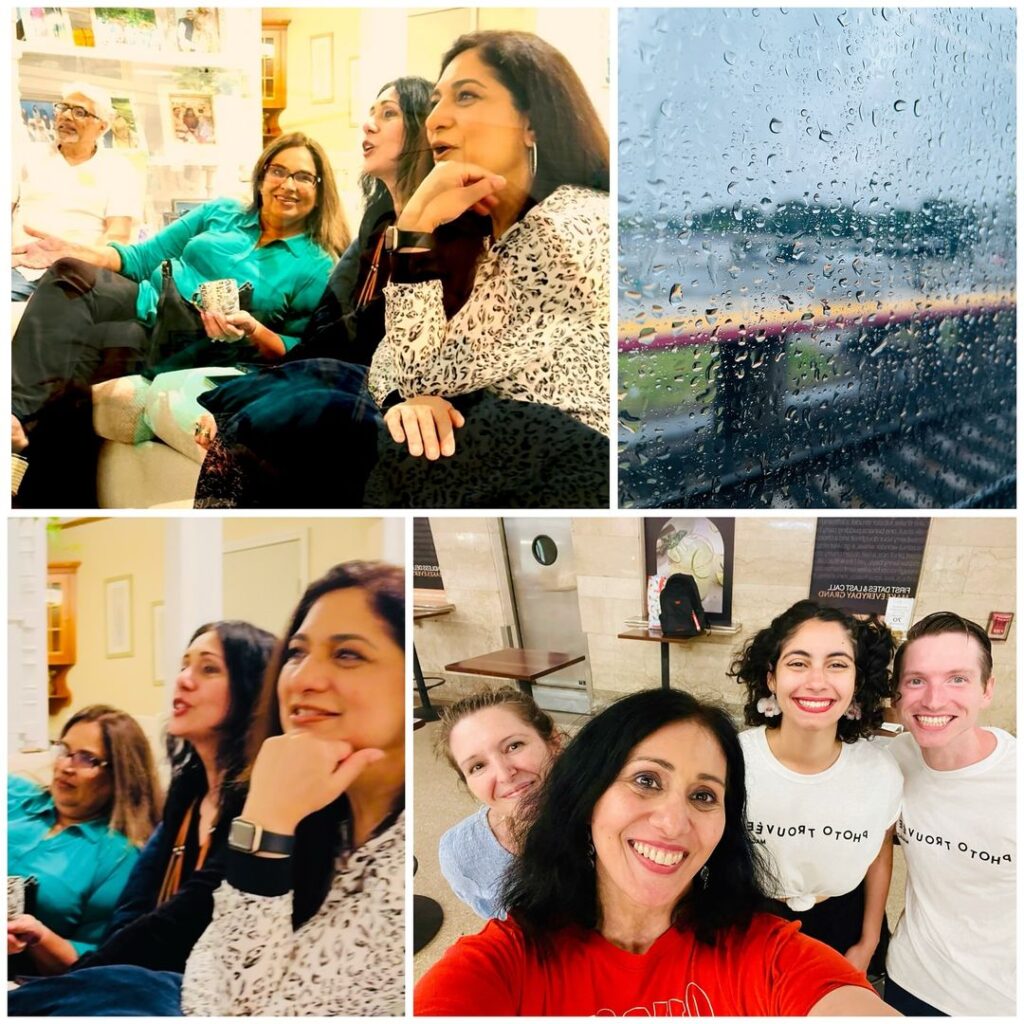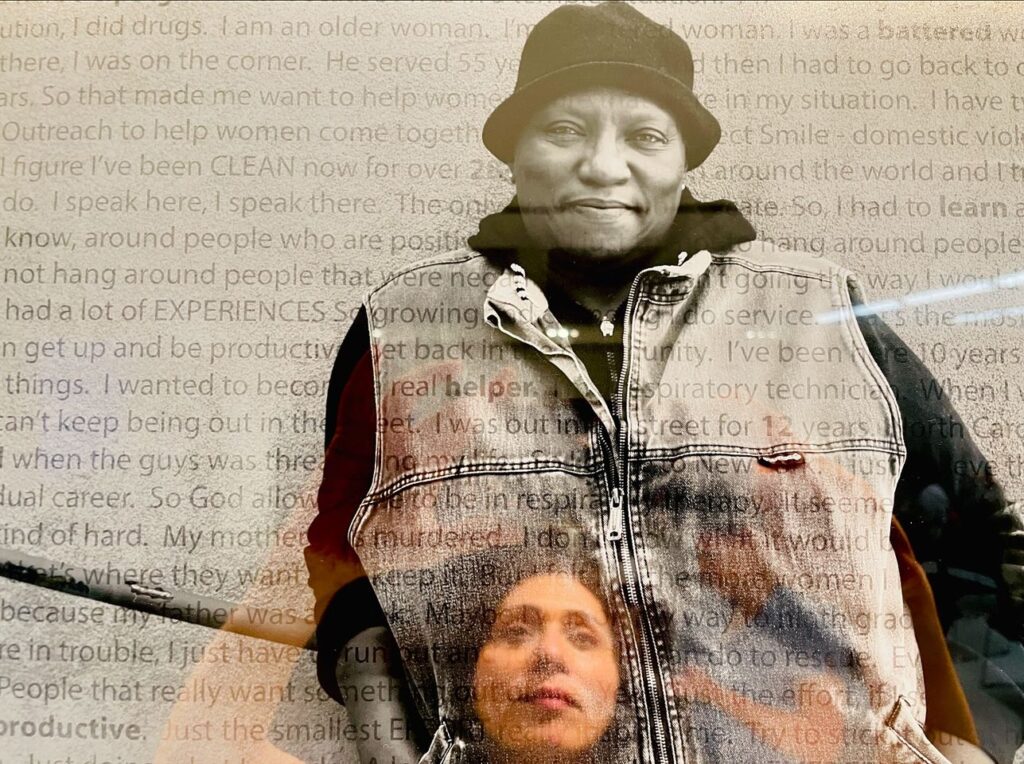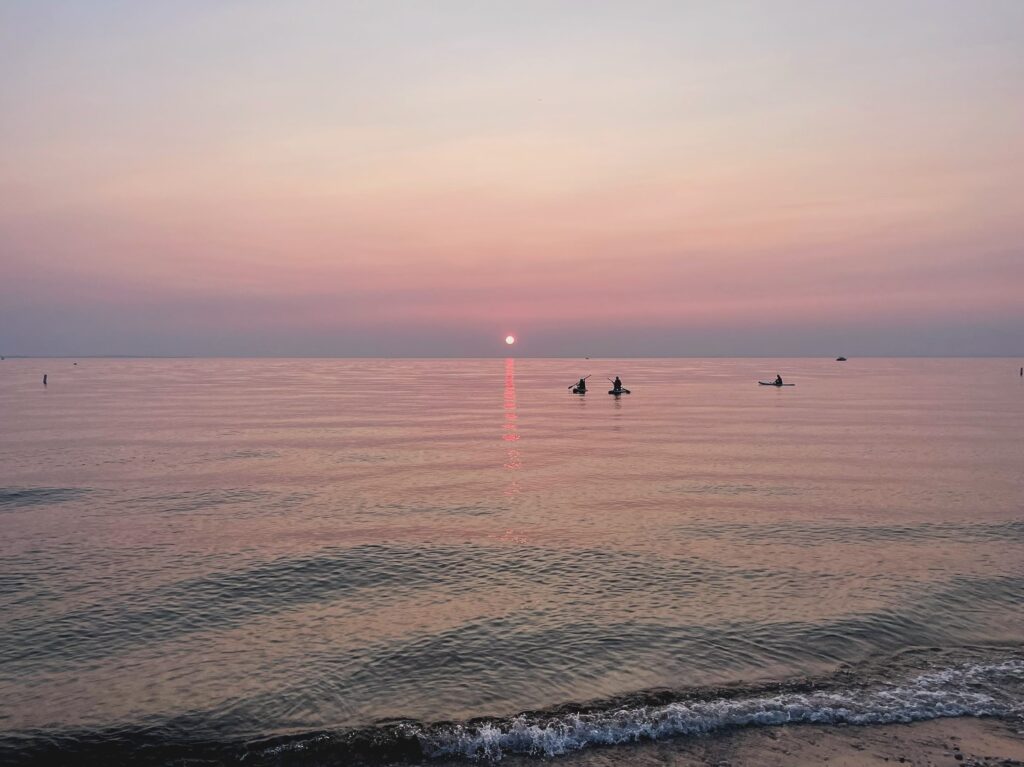Ismail Al-Ghoul was a Palestinian journalist and Al Jazeera correspondent in Gaza. He was born in 1997 in Al-Shati refugee camp, north of Gaza City. A brilliant journalist who refused to leave, his reports became a mainstay of the news from the north of the Gaza Strip. He was assassinated along with his cameraman, Rami Al-Rifi, in Gaza City today. He was younger than my son.
“Let me tell you, my friend, that I no longer know the taste of sleep. The bodies of children and the screams of the injured and their blood-soaked images never leave my sight. The cries of mothers and the wailing of men who are missing their loved ones never fade from my hearing.
I can no longer bear the sound of children’s voices from beneath the rubble, nor can I forget the energy and power that reverberates at every moment, turning into a nightmare. It is no longer easy for me to stand before the rows of coffins, which are locked and extended, or to see the dead people more than the living who are fighting death beneath their homes, not finding a way out to safety and survival.
I am tired, my friend…”
More than 165 journalists have been killed in 10 months by the Israeli occupation.
